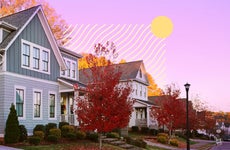The best college towns in America 2023
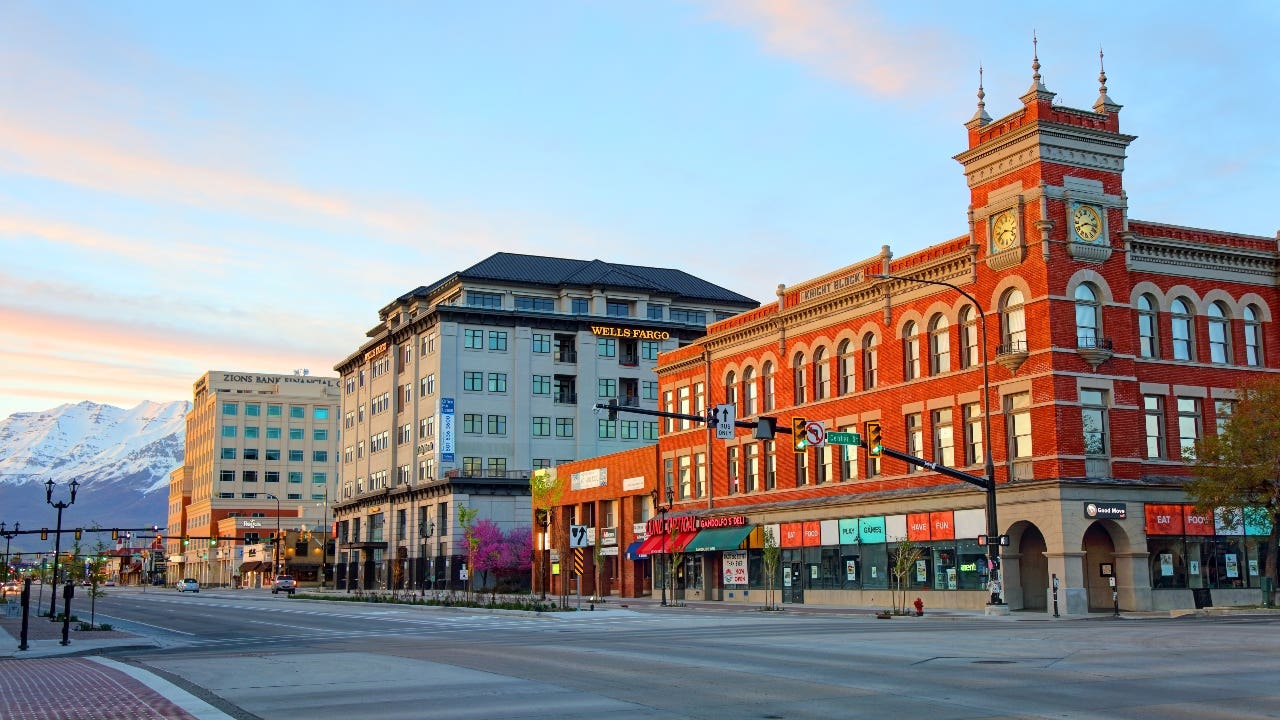
The Bankrate promise
At Bankrate we strive to help you make smarter financial decisions. While we adhere to strict , this post may contain references to products from our partners. Here's an explanation for .
When searching for the perfect school, many students consider factors like the overall cost, campus size, amenities, academics and student life. However, the location of a school can also be an important feature; a great college town can make day-to-day university life more enjoyable. Bankrate examined the cost of living, restaurant density and safety, among other factors, to find the top college towns in the U.S.
The top 9 U.S. college towns
1. Provo, Utah
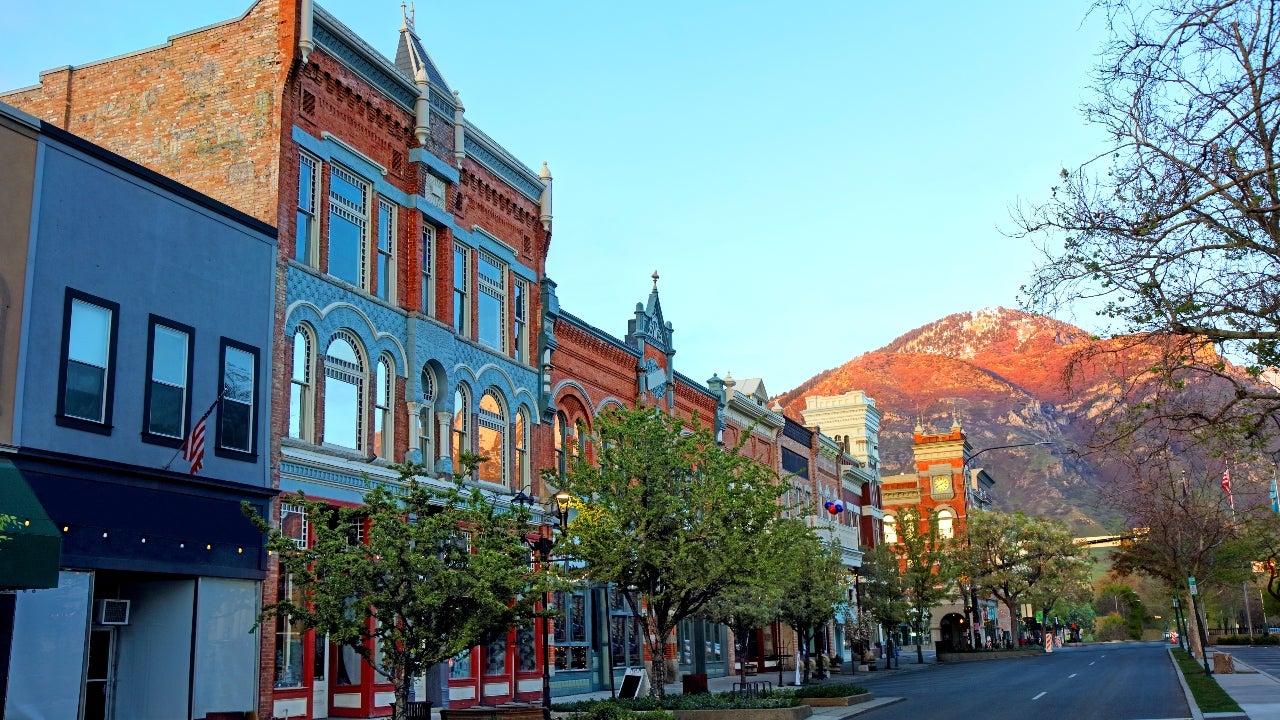
Provo, home to Brigham Young University, has a bustling nightlife with comedy, karaoke, live music and more. For students who appreciate the great outdoors, Provo is nationally recognized for its outdoor recreation and 30-plus miles of walking trails. Provo is also home to large corporations, like Novatek, Vivint and Qualtrics, giving students the unique opportunity to settle into a career after graduation in a town that feels like home.
- Primary university: Brigham Young University.
- Population: 114,084.
- Percentage of population enrolled in college: 73.5 percent.
- Cost of living: 0.1 percent above the national average.
- Safety: 33 percent safer than the average U.S. city.
- Estimated number of restaurants, bars and coffee shops: 234.
2. Athens, Georgia
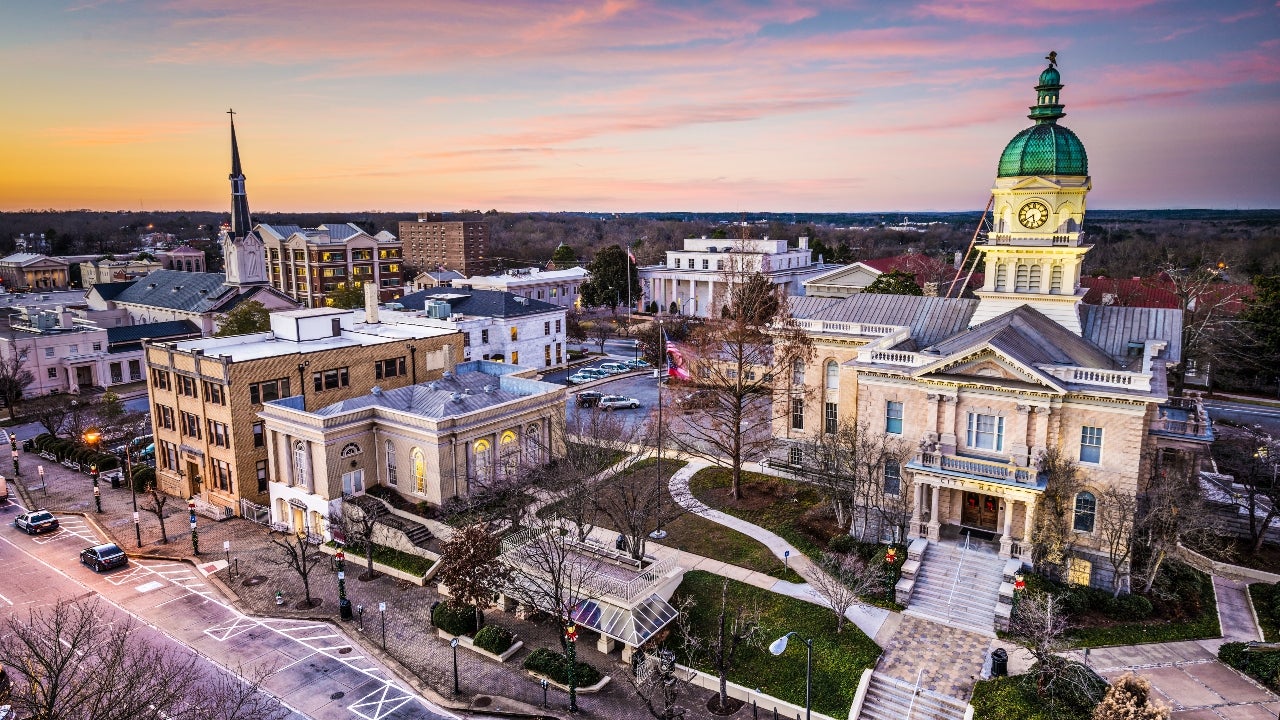
Students interested in a vibrant arts scene will find themselves at home in Athens, the University of Georgia college town. Athens is home to some of the South’s best breweries and plenty of activities. Athens has something for everyone, from theaters to museums to art galleries to its immense botanical garden.
- Primary university: University of Georgia.
- Population: 127,141.
- Percentage of population enrolled in college: 71.7 percent.
- Cost of living: 3.1 percent above the national average.
- Safety: 8 percent safer than the average U.S. city.
- Estimated number of restaurants, bars and coffee shops: 379.
3. College Station, Texas
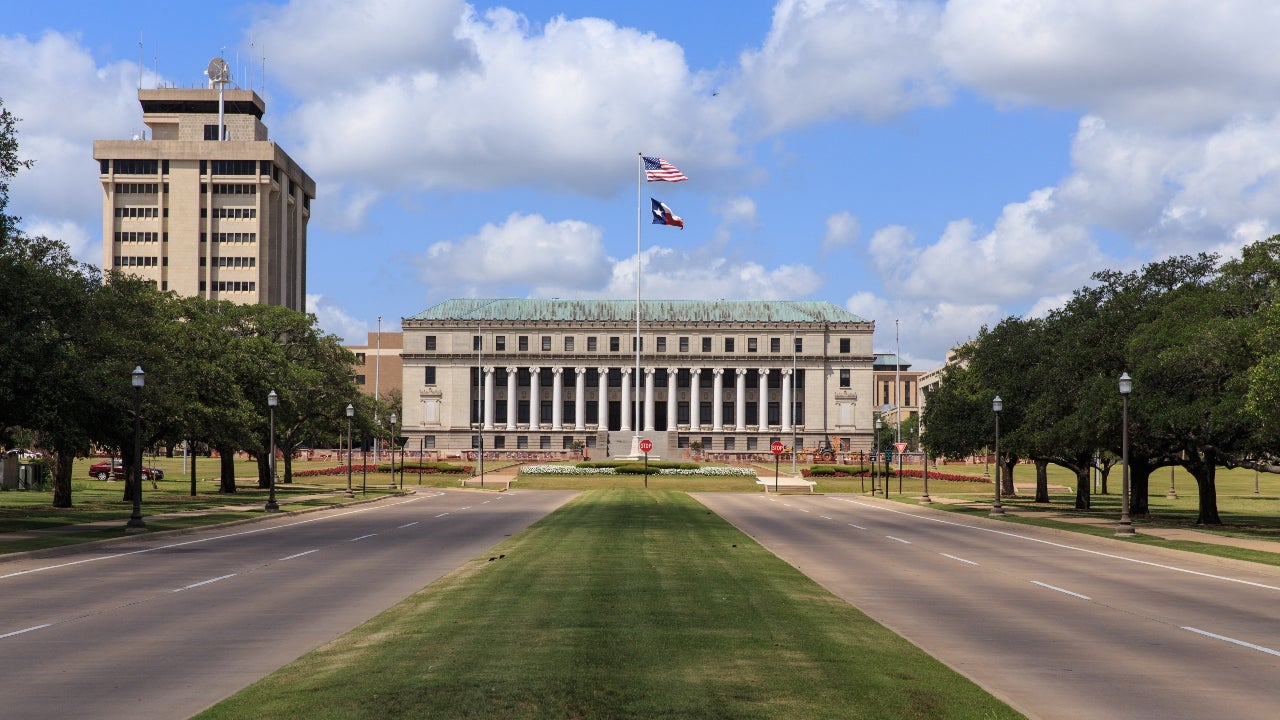
Home to Texas A&M University, College Station is known for its active culture and school spirit. It’s a student-friendly town, with many restaurants and grocery stores within walking distance or a short drive from campus. Students can visit one of its many museums, like the George H. W. Bush Presidential Library and Museum, or enjoy the Northgate Entertainment District for restaurants, clubs and the world-famous bar Dixie Chicken.
- Primary university: Texas A&M University.
- Population: 118,441.
- Percentage of population enrolled in college: 74.6 percent.
- Cost of living: 15.7 percent below the national average.
- Safety: 18 percent safer than the average U.S. city.
- Estimated number of restaurants, bars and coffee shops: 365.
4. Iowa City, Iowa
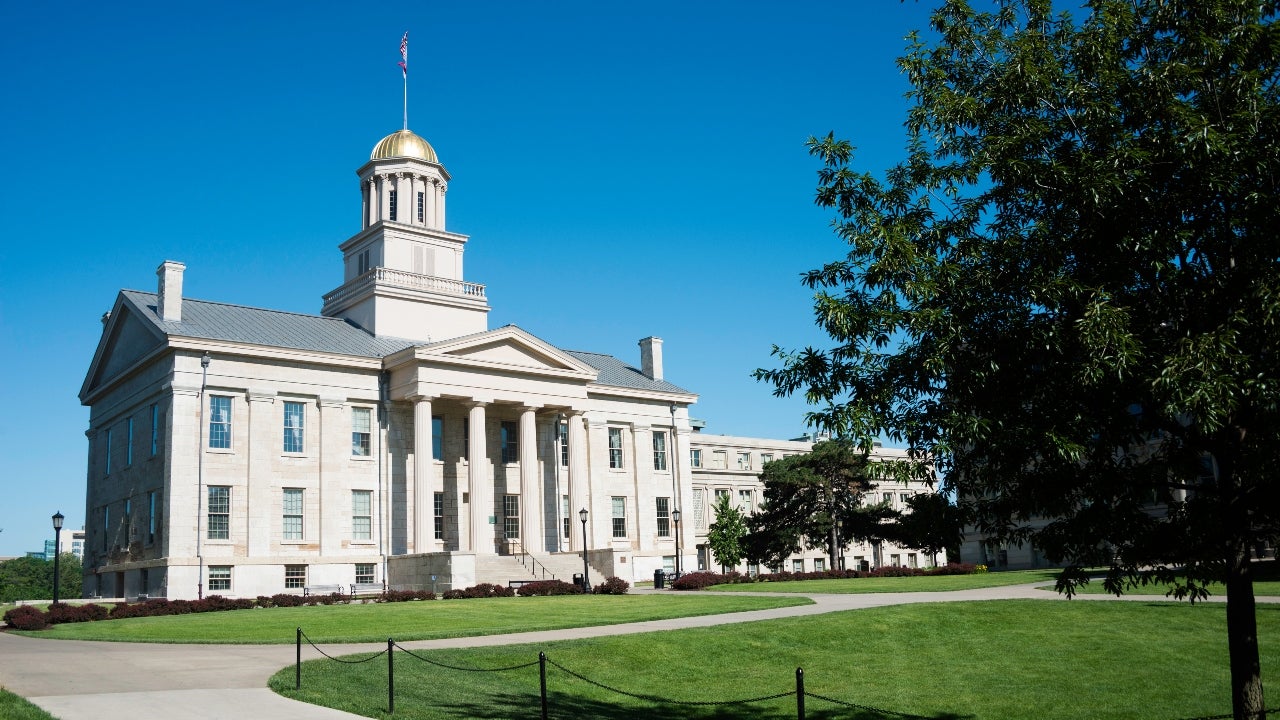
The University of Iowa’s Iowa City has renowned parks and trails, an active nightlife and a variety of dining options and bars. It’s also known for its student-friendly transportation options. The League of American Bicyclists has recognized it as a Bicycle Friendly Community. Writers and creatives will enjoy Iowa City’s literary scene; Iowa City is a UNESCO City of Literature, and the city regularly hosts author events, writing workshops and more.
- Primary university: University of Iowa.
- Population: 74,903.
- Percentage of population enrolled in college: 75 percent.
- Cost of living: 6.3 percent below national average.
- Safety: 16 percent safer than the average U.S. city.
- Estimated number of restaurants, bars and coffee shops: 247.
5. Gainesville, Florida
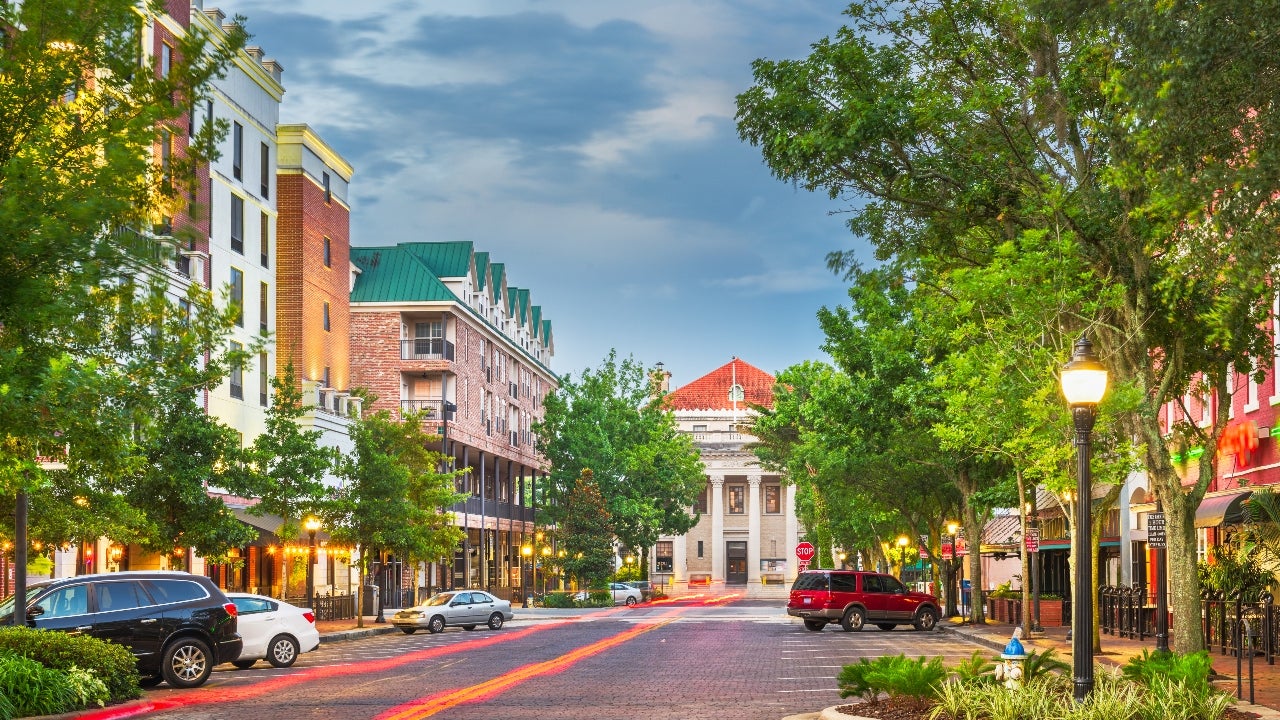
For students seeking a warmer climate with plenty to do, Gainesville can be a great place to call home. This home of the University of Florida is known for its shopping, gourmet restaurants, lively nightlife and, of course, its proximity to many of Florida’s beaches. Students can enjoy the Devil’s Millhopper Geological State Park just outside the city or take a 90-minute drive to surf at Flagler Beach.
- Primary university: University of Florida.
- Population: 141,341.
- Percentage of population enrolled in college: 79.7 percent.
- Cost of living: 2 percent below national average.
- Safety: 6 percent safer than the average U.S. city.
- Estimated number of restaurants, bars and coffee shops: 467.
6. Bloomington, Indiana
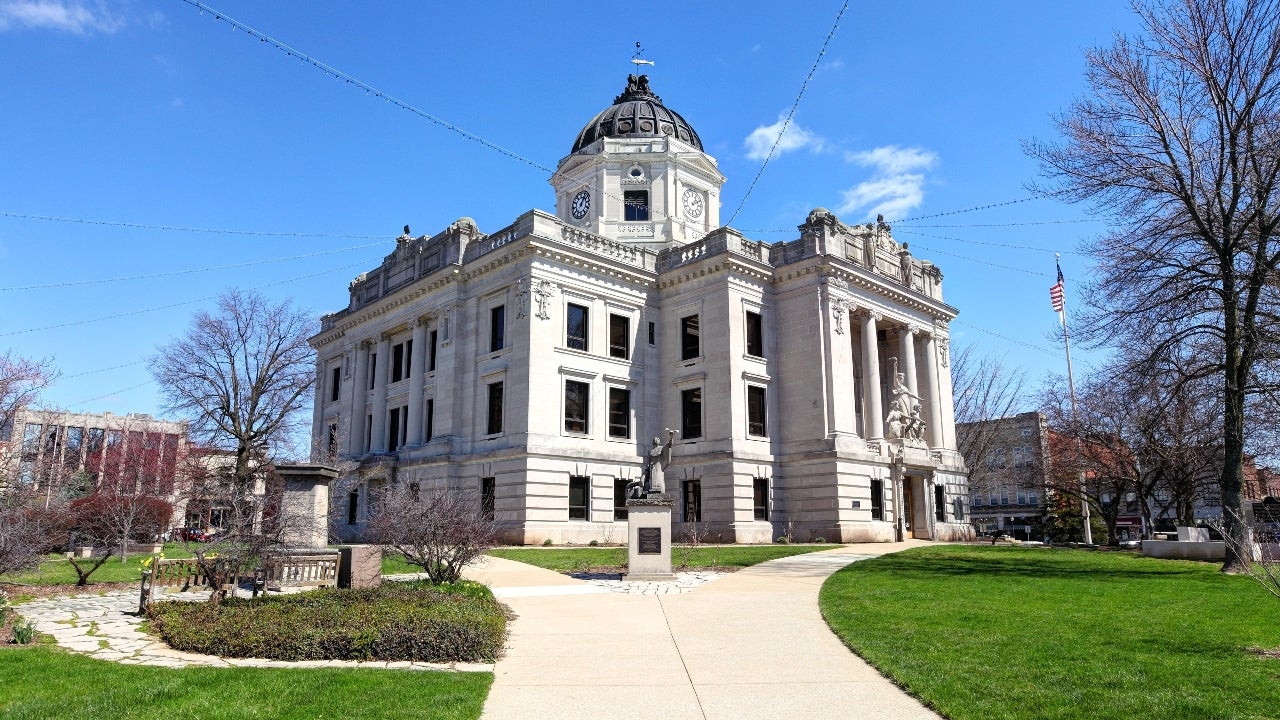
Indiana University, located in Bloomington, has often been referred to as one of the most beautiful campuses in the country. Also known as the Tree City, Bloomington is known for its conservation efforts, and students are often attracted to Bloomington’s outdoor recreation and natural sites. The city is home to more than 200 miles of hiking and biking trails throughout the town that cut through its wetlands, the hardwood forest, inland lakes and caves.
- Primary university: Indiana University.
- Population: 80,303.
- Percentage of population enrolled in college: 85 percent.
- Cost of living: 0.3 percent above the national average.
- Safety: 11 percent safer than the average U.S. city.
- Estimated number of restaurants, bars and coffee shops: 291.
7. Morgantown, West Virginia
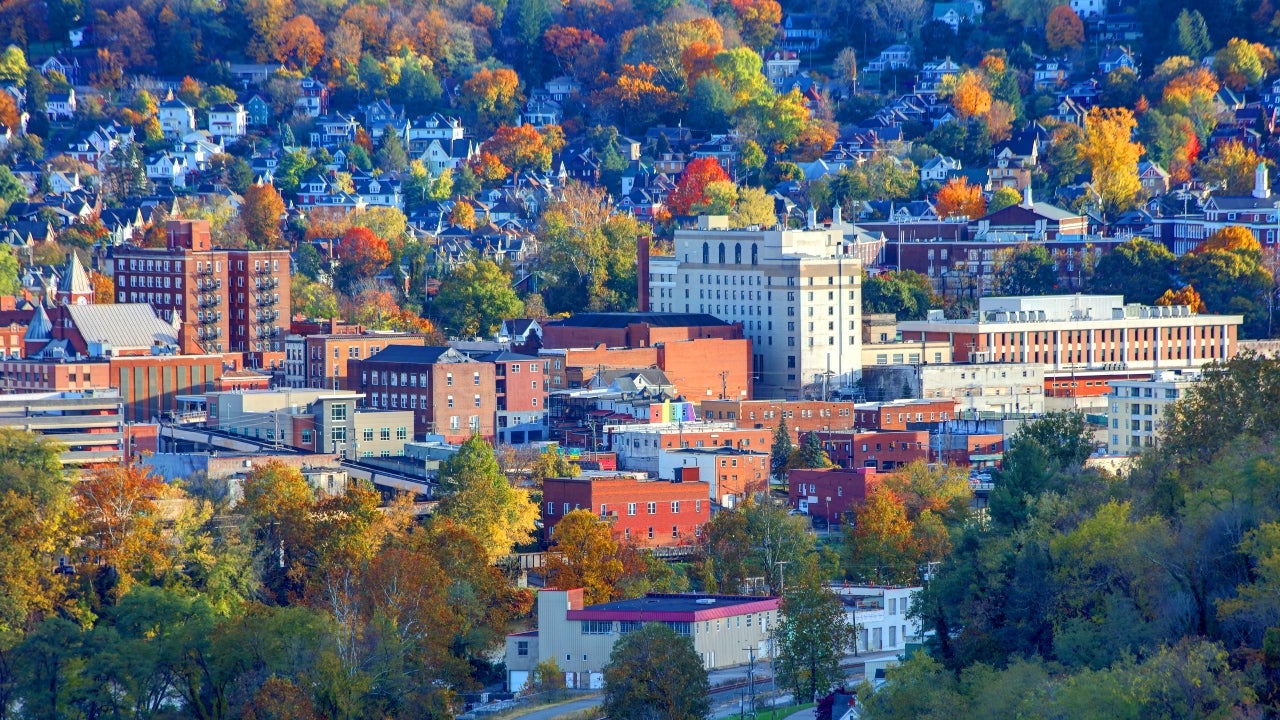
Morgantown hosts West Virginia University and is recognized as one of the top 15 football towns in the country by the Bleacher Report. The town is close to major cities like Pittsburgh and Washington, D.C., which is an advantage for students looking for internships or postgraduation jobs. Morgantown is known for its lively energy and a historic downtown area with boutique shops and local restaurants.
- Primary university: West Virginia University.
- Population: 29,339.
- Percentage of population enrolled in college: 85.2 percent.
- Cost of living: 3.6 percent below national average.
- Safety: 10 percent safer than the average U.S. city.
- Estimated number of restaurants, bars and coffee shops: 207.
8. East Lansing, Michigan
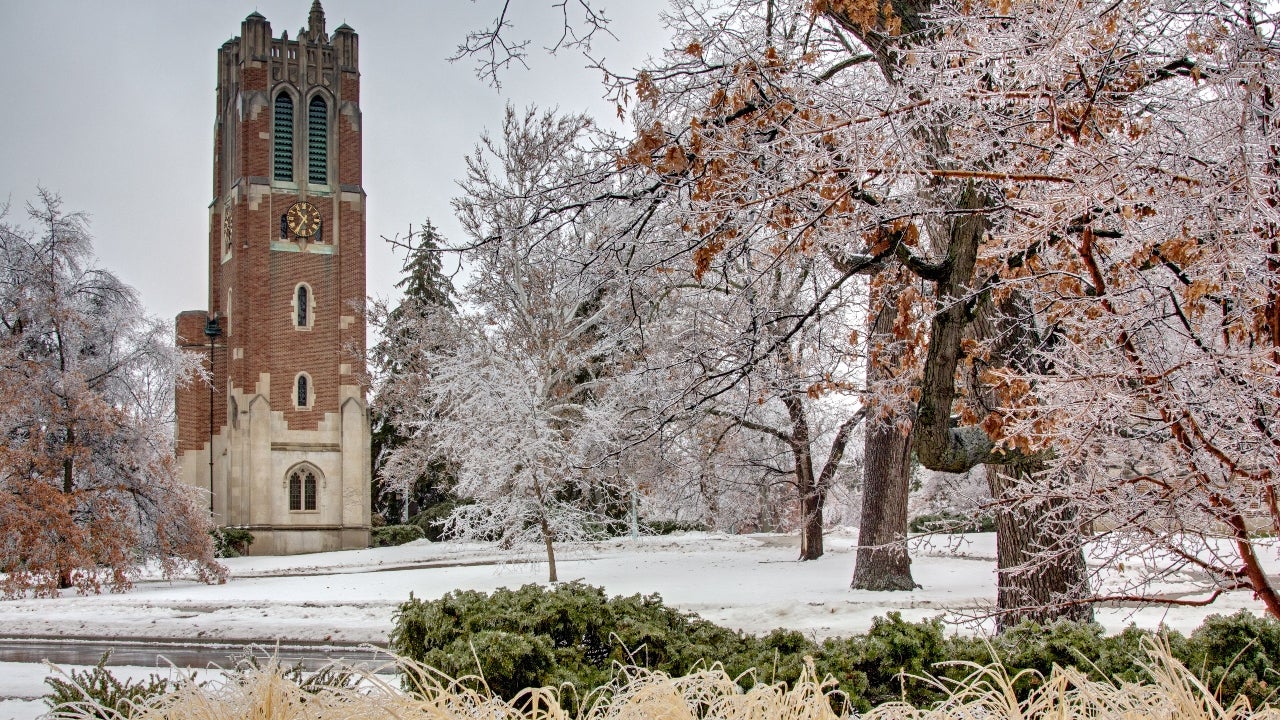
Students attending Michigan State University won’t have to stay on campus to experience school spirit and pride in MSU’s football team, the Spartans; games are broadcast in nearly every bar and restaurant in East Lansing, keeping the on-campus culture alive throughout the town. For students who aren’t sports fans, there are plenty of ways to fill free time in between classes or on the weekends. The town has unique attractions like the 100-acre Potter Park Zoo and the Abrams Planetarium.
- Primary university: Michigan State University.
- Population: 46,467.
- Percentage of population enrolled in college: 90.1 percent.
- Cost of living: 5.8 percent below national average.
- Safety: 13 percent safer than the average U.S. city.
- Estimated number of restaurants, bars and coffee shops: 214.
9. State College, Pennsylvania
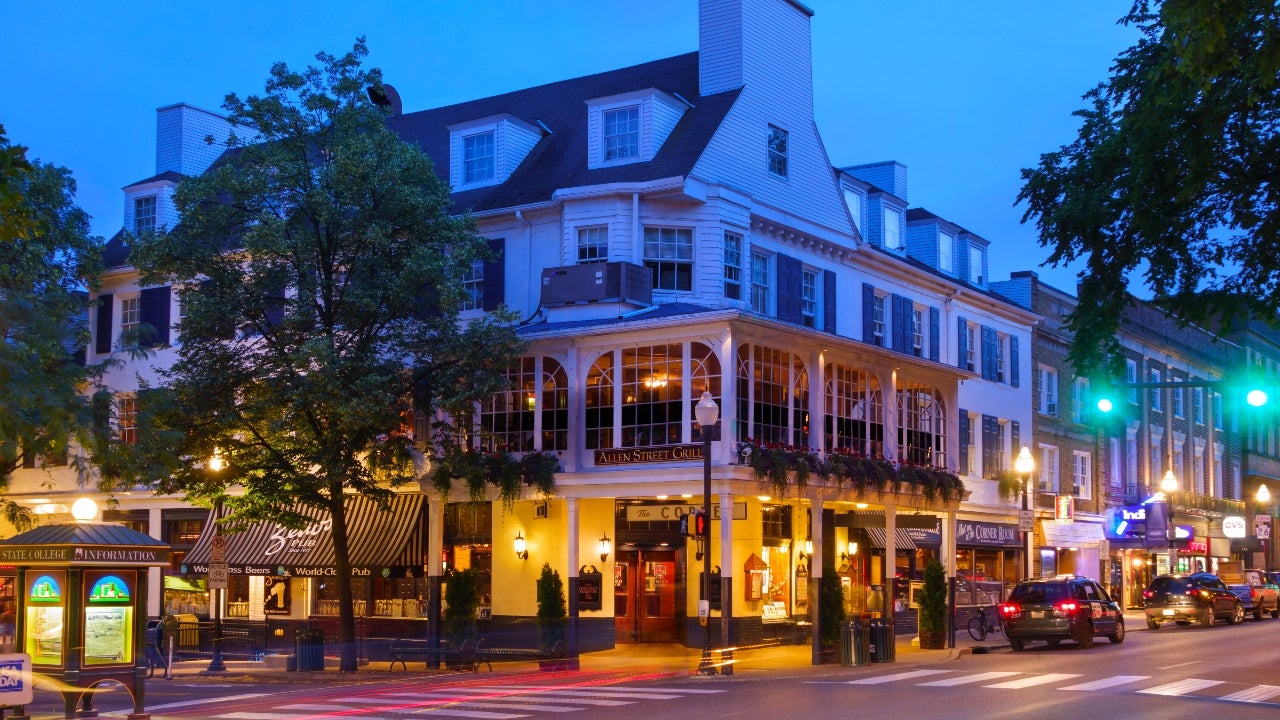
Also known as “Happy Valley,” State College is college-friendly due to its high walkability score, affordable housing, bustling entertainment industries and selection of dining options. The city hosts several arts and culture events with live performances, arts workshops and more. Students attending Penn State can participate in events such as the New Year’s Eve celebration “First Night State College” or the summer’s Central Pennsylvania Festival of the Arts.
- Primary university: Pennsylvania State University.
- Population: 39,067.
- Percentage of population enrolled in college: 92.3 percent.
- Cost of living: 7.6 below national average.
- Safety: 48 percent safer than the average U.S. city.
- Estimated number of restaurants, bars and coffee shops: 159.
The bottom line
College towns can make or break a college experience. The culture of the town and its school spirit can be a deciding factor for students trying to choose a school, so take the time to do your research. For example, if you’re an outdoor enthusiast, choosing a college in the middle of a busy city might not be the best option for your physical or mental health. If you’re looking for the best variety of weekend activities, then a small town may not be the right choice.
Whenever possible, visit the cities where your prospective colleges are located. By spending a few days there, you can get a better feel for the college towns and whether they might be a good fit for you.
Methodology
To find the best college towns of 2023, Bankrate evaluated 45 of the most well-known college towns in the U.S. using the following criteria.
Percentage of the population enrolled in college
According to multiple studies, peer-to-peer interaction is directly linked to a more satisfying and successful college experience. That’s why, using data from the U.S. Census Bureau’s 2022 American Community Survey, we selected towns where over 70 percent of the residents are college students.
Cost of living
Cost should always be a major factor when moving to another city — especially if you’re a college student. The college towns featured above are relatively affordable, according to data from Salay.com — with most having a cost of living below the national average.
Safety
You want to walk around town without looking over your shoulder at every step. That’s why we favored college towns up to 48 percent safer than the average city in the U.S., as reported by digital analytics company NeighborhoodScout.
Dining and entertainment
A big part of going to college is having fun. After all, you need to treat yourself for all the hard work you do. Using data from Walk Score, we chose towns with at least 150 restaurants, bars and coffee shops so you never run out of options.
Related Articles
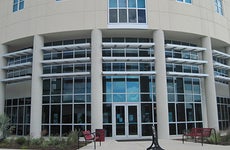

Delaware takes the No. 1 spot for the best state to retire in 2024

